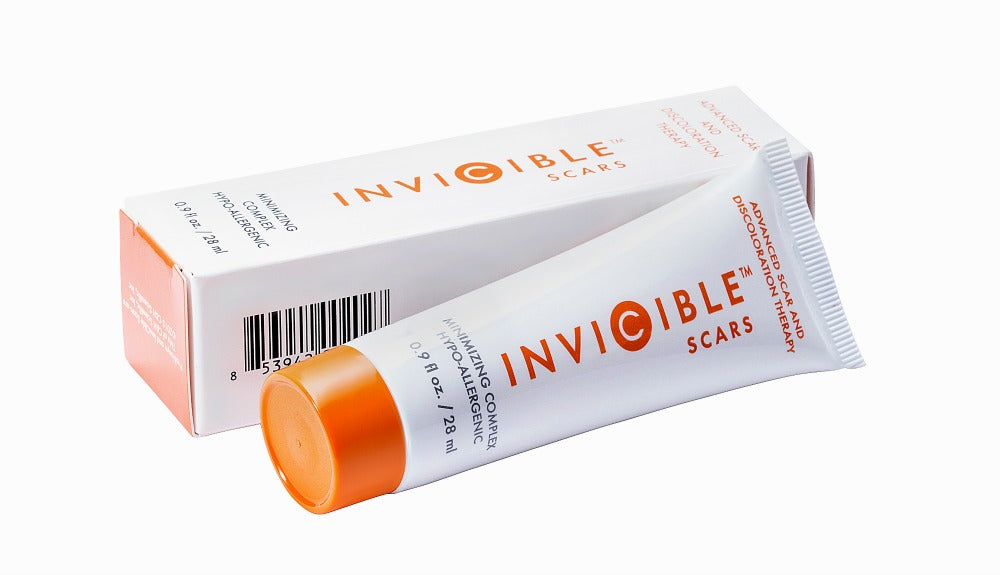Vitamin C Skin Treatments
Age spots caused by sun damage, scars, dark brown spots (for whatever reason) - all of the things we wish to fade away in order to regain a near-perfect canvas. Having done EVERYTHING wrong to my skin in my younger days, from using the tanning booth to rarely using sunscreen, to picking at my blemishes and never taking off my makeup before bed...to just not taking care of my skin in general, I'm now paying the price.
Note to beauty girls piling on the makeup with contouring, baking, highlighting, over-doing it on your brows, skipping the sunscreen, etc etc. - you will one day regret how you treated your skin during this trend of makeup excess. TRUST.
But I digress.
If you don't have the time or budget for cosmetic treatments to help undo skin damage, then your best bet (aside from being smart about skin care going forward) is to use Vitamin C skin treatments to brighten your skin and fade hyperpigmentation.
The thing is, just any Vitamin C treatment won't do. When searching for the perfect Vitamin C product, you need two things: a stable form of Vitamin C and a high concentration of it (i.e. not the last thing listed on the label so that the brand can make claims.)
A stable form of Vitamin C is the most potent - if your Vitamin C is brown, then it is oxidized and not stable, therefore ineffective. It's also important to note that some Vitamin C treatments do give a stinging sensation. Everyone's skin reacts differently and I've found that some products sting (briefly) while I feel absolutely nothing from others. I can only think that this is due to the other ingredients in the product that may help to counteract the stinging.
So what has worked for me? Paula's Choice Resist Vitamin C Spot Treatment, InviCible Scars and emerginC Vitamin C Serum.
Paula's Choice Vitamin C Spot Treatment: 25% Vitamin C, the highest I have ever used. It does sting, but goes away within seconds. There's no fragrance to it and it says it works on all skin types. It is a white lotion, that feels "dry." Unless you've tried it, it's difficult to explain. It doesn't feel like a typical creamy lotion, which isn't a bad thing, but worth noting. It absorbs quicky and there is no greasy feeling. It's the smallest tube of the 3 mentioned (15ml) at a high price point ($55.)
InviCible Scars: 17% Vitamin C and it did not sting. It has no scent to it and is also meant for all skin types. This is a silky, white lotion which is partly due to the silicone (one of the best treatments for scars) and skin-softening ingredients like aloe, sunflower and safflower seed oil. I've used this on my face for dark spots, but I have also used it in the past for my burn scar. Using a small amount, it does not feel greasy and I found that it absorbs well. (28ml for $28.99)
emerginC Vitamin C Serum: 12% Vitamin C and it did not sting (they also have a 20% version.) My immediate thought when applying this serum is that it is perfect for combination skin, as it is a liquid gel serum. It does have a slight orange scent to it, but it fades once absorbed into your skin. There is no greasy feeling and I like that it came in a large bottle (30ml for $83.)
While most stable Vitamin C products come in dark or concealed tubes/bottles, this one is in a clear bottle, so you *must* keep it in a dark place or it will become unstable.
Another thing to keep in mind, fading dark spots and scarring takes time. There is no quick fix. This is skin damage and takes consistent use over a period of time to see a difference - typically 12 weeks. Your best bet is to take a before picture of yourself and at the 12 week mark take another in order to note progress.
You must always wear broad spectrum sunscreen forever. And ever. Vitamin C causes photosensitivity, so if you aren't protecting your face when wearing these products, then you really are voiding their benefits. Once you have faded the pigmentation, you'll still need to wear sunscreen, as UV rays can re-darken the area (and no it won't fade like your tan will.)





